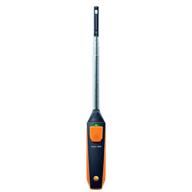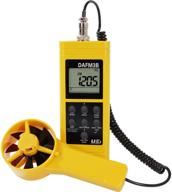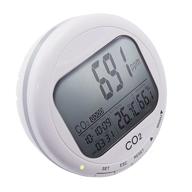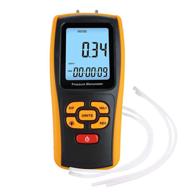
Review on Temtop LKC 1000S: Advanced Formaldehyde Pollution Temperature Test, Measurement & Inspection Device by Adam Gechem

Questionable accuracy
PM10/2.5 looks like the same multiplier sensor reading. This appears to match the airnow.gov readings for the ballpark (at least it falls more or less in the same red/orange/yellow zones as the site). But for the green zone, AQI looks upbeat. I get 8 on the street while airnow.gov shows 20 in the next town. Of course I'm in the hills by the bay, away from the urban centers where the sea breeze is stronger. But it still seems too good to be true. However, it is very useful for comparing the performance of indoor/outdoor and recirculation filters from different manufacturers with an MPR13 rating and other measurements on poor air quality days during recent wildfires. with multiplier. Reading HCHO clearly captures non-HCHO kitchen odors. Therefore, the true HCHO level in the household is unknown. Contrary to the PM sensor, the HCHO sensor tends to be overly pessimistic and shows higher verifiable values as it shows 10 to 30 micrograms per m3 (0.01 to 0.03 micrograms), while outdoor should not make a large contribution to HCHO , but the true concentration is between 1 and 4 µg. I think I can mentally divide the reading by a factor of 2 or so to get an estimate or, which seems more accurate, just divide the TVOC reading by a factor of 10 to get the HCHO, but if I do the whole If I had to buy I would just get a much cheaper option without the HCHO. Accuracy issues and other side effects of gases make it not very useful at all. I've had the unit for a couple of weeks now and if it had been due to initial calibration/venting issues as the manual says it would have bled everything. currently.
- test, measure and inspect
- unreliable
New products
Comments (0)
Top products in 🌬️ Airflow & Air Quality
Another interesting products
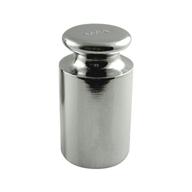
🔧 Calibration of American Weigh Scales 500WGT for Optimal Performance

4 Review
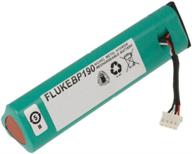
Enhanced Performance: Fluke BP190 Rechargeable Capacity ScopeMeter - Revolutionizing Test and Measurement Efficiency

5 Review
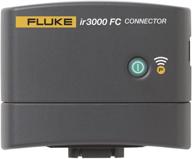
🔌 Enhanced Connectivity with Fluke IR3000FC Infrared Connector

6 Review

Car seat JUNION Ebby group 0+/1/2/3 (0-36 kg), Isofix, dark gray

13 Review


